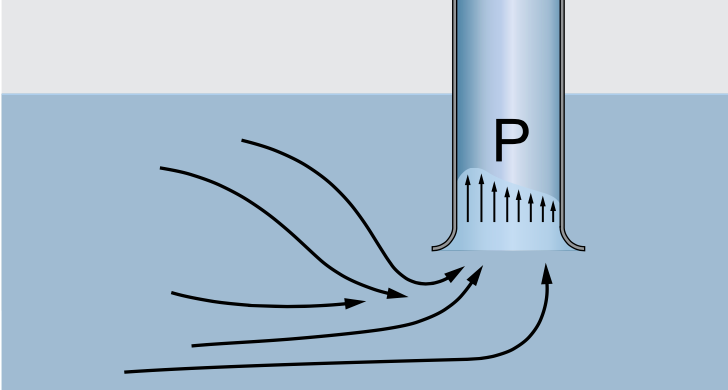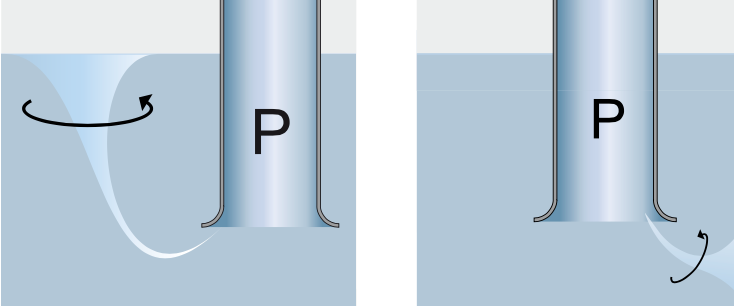Waste Water treatment plants improves the quality of water by removing various physical and chemical components and makes it available for various end-uses. The water treatment plants remove the contaminants from the water by using various physical and chemical processes. Such plants are used all over the world for variety of purposes like drinking water treatment, industrial and sewage wastewater treatment.
Understanding fluid flow inside hydraulic structures like approach channels, suction pits etc. is a critical design factor in the hydraulic design of pump stations and wet wells. But mere theoretical calculations and experience are not always enough to identify critical design issues and communicate with customer about the soundness of the proposed design.
Computational Fluid Dynamics (CFD), is an excellent numerical modelling technique that can be used in the design evaluation by simulating various flow parameters and find design alternatives to achieve hydraulic efficiency, mitigate risk of cavitation leading to pump vibration and fatigue.
Common hydraulic design issues in Pump well
To ensure proper pump performance and long service life, it is recommended to mitigate following adverse flow conditions during the design phase –
Excessive Pre-swirl
Pre-swirl condition changes the flow at the pump inlet, which results in a change in excessive load and impact relative impeller speed. In turn this causes a decrease in pump performance, which can lead to overloading the motor, bearing wear and ultimately pre-mature fatigue failure of pump parts.
Excessive pre-swirl can also cause cavitation across the impeller and bowl area. This condition usually originates because of asymmetric velocity distribution in the approach channel of wet well. The pre-swirl angle should not exceed 5, this can be calculated by the ratio between tangential velocity and the axial velocity.

Non-uniform velocity at Pump inlet
Uneven or non-uniform velocity distribution at the inlet of the pump can result due to various reasons. However some non-uniformity in velocity distribution at the inlet is inevitable and does not harm the pump, variations higher than 10% at the pump intake can have severe consequences and should be mitigated during the design phase. A large variation in velocity can cause an uneven load on the impeller and bearings. The uneven load on the impeller makes it to fluctuate, which leads to noise, vibration and increased risk of fatigue failures.

Vortex and Cavitation
Vortices and cavitation can cause serious consequences and when un-noticed during the design phase, unlike the pre-swirl, vortices appear locally with higher intensity and are a major hindrance to proper pump performance, the resulting cavitation causes uneven load, noise and vibration.

Conclusion :
Graphler Technology, one of the fastest growing product design companies in India. Our CFD Analysis Services holds great promise for the Pump Stations. We also have a team of experts specialized in CAD Conversion Services, 3D to 2D Conversion Services and also various animation services like Product Animation Services and Engineering Animation Services .


